While not even 25 years old, Pokemon is the highest grossing media franchise in the world and doesn’t show any signs of slowing down. Pokemon has branched beyond handhelds over the years, but only for spin-off games, with the closest to a mainline console game being last year’s Pokemon Let’s Go games. The hybrid nature of the Nintendo Switch has finally made this happen after all these years with the introduction of the eighth generation in Pokemon Sword and Shield.
The Pokemon series has been fairly hit and miss over the years when it comes to providing an enthralling story. While basic, the original games had the premise of stopping Team Rocket and Gold and Silver managed to follow up well on that. The pinnacle of this was probably Pokemon Black and White, but even that was still far from a top tier story. Even saying that, Pokemon Sword and Shield seem to fall on the lower end of the series when it comes to the story, largely as a result of pacing and a feeling of not being involved directly for large portions of it.

Pokemon Sword and Shield starts off pretty simple by sending you off on your own Pokemon journey, with the Champion Lee being introduced right at the start as the brother of your rival Hop. Hop continues the trend of way too friendly rivals that have plagued the series since the early days, which definitely takes the tension away from the multiple fights you have against him in the game. Thankfully, Pokemon Sword and Shield does introduce a more antagonistic rival in the form of Bede that you face multiple times throughout the game. There is also the friendlier Marnie as a rival too, who comes with the lackluster Team Yell alongside her.
As mentioned above, the most egregious problem with the game’s story is the pacing and the lack of how involved you are for large parts of it. After a few introductory hours, you will eventually challenge for your first badge and move from there. There are a few tasks here and there moving forward, but for the most part you are just moving gym to gym while catching Pokemon in between. However, there are multiple moments where it seems like something serious happened in the region and you are going to get to explore it, but instead are headed off by Leon and told to focus on earning badges instead. The fact that the game doesn’t have a defining Team to be going up again outside of the occasional battle with Team Yell, who are not evil in any real way, takes a lot of the tension out of the story and has you focus on your journey instead. The post-game story does a lot to alleviate this, though it is relatively short overall.
Pokemon Sun and Moon made some major changes to the structure of the game series by removing gyms and instead replacing them with what were known as Island Challenges. While it was nice to see Game Freak try something different, gyms are something that has defined the series throughout and their return once again in Pokemon Sword and Shield is very welcome. Just like in the past, Pokemon Sword and Shield have eight gyms for you to conquer on your journey, this time to gain entry in what is known as the Champion Cup. The game does not completely forget the idea of the Island Challenges though, as there are still some inspirations for these found as part of the Gym Challenges.
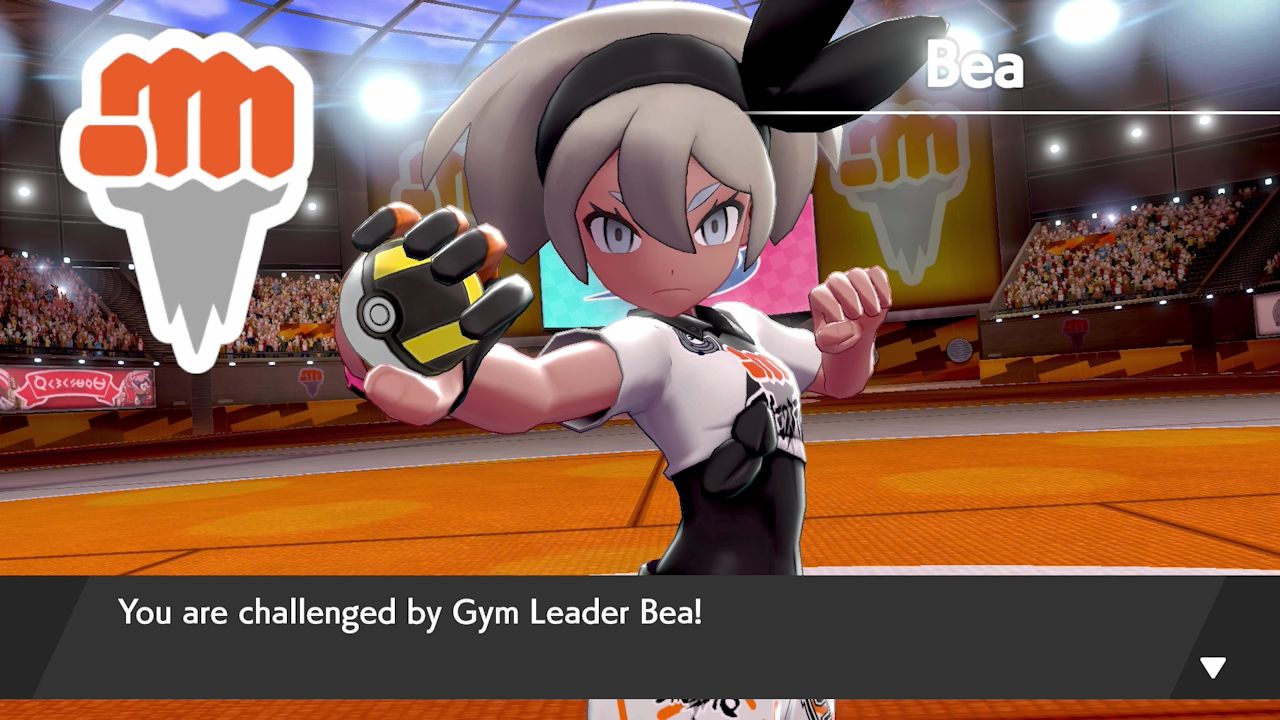
The gym battles now take place in large arenas in front of a large crowd, which is an ingenious aspect that had not been previously explored in the games. To get to this area area though, you have to conquer the aforementioned Gym Challenges. These all vary depending on the gym themselves, but each has a little puzzle for you to solve to advance through. This felt like a good mix between Sun and Moon’s Island Challenges and some of the puzzles found in certain gyms in past games as well. These are never too difficult, but still offer enough of a challenge to make you think a little bit as you make you way through the gym.
After completing the Gym Challenges, you will then face off against the respective gym leaders in a battle. The first few Pokemon will just be a simple battle as you would come to expect from Pokemon, but the last Pokemon for all but one of the gym leaders will utilize a new mechanic in the game. Dynamaxing is new to Pokemon Sword and Shield, which allows you to grow your Pokemon to kaiju size and battle. This can be done in other areas of the game too, but the gym battles also implement what is known as Gigantamaxing, which are even larger versions of the Pokemon that feature unique variations of their designs as well. This includes not only some new Pokemon, but also variants like old school fat Pikachu and tall Meowth. You also have the power to Dynamax or Gigantamax your Pokemon here as well, with it only lasting a few turns for you and the gym leader, so you must use it wisely.
The collection of all eight gym badges brings you to the Champion Cup, which is one of the best and most unique ways of working towards becoming the Champion of any region in the series. The Champion Cup pits you against a few characters in early battles before putting you up against a few of the gym leaders again in a tournament bracket, which seemed to be pre-planned. There is a pure spectacle of this that went above and beyond anything the Elite Four had ever had in the past, though this definitely seemed much easier overall than previous Elite Four challenges. The only thing that tarnishes this whole experience is another pacing issue related to the story that felt like it could have been handled differently just prior to the battle against Leon.
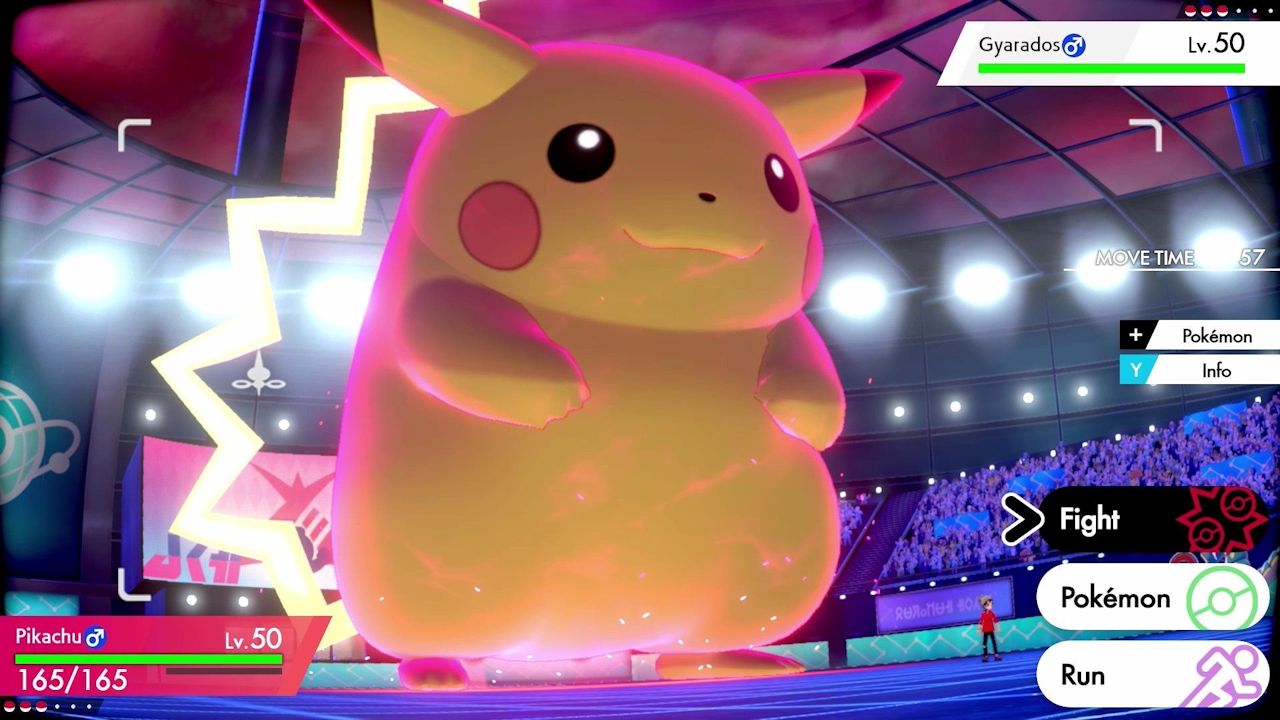
What makes the Champion Cup even better is that you can keep defending your title once you become Champion with your own tournament bracket. This allows you to place the challengers you want to have in the tournament here and play through it to keep your title of Champion. The pool of challengers includes the gym leaders, Hop, Leon, and even other new characters as well, thus offering an abundance of replayability when it comes to the Champion Cup. It has been possible to challenge the Elite Four again in past games, but there is something about this that makes it feel like a much more logical follow-up to your becoming champion, where you have to actually defend your title like the actual champion would in Galar.
Pokemon in the overworld is one of the best innovations in the series and is something that should never be changed.
A new Pokemon game cannot be discussed without mentioning the Pokemon introduced in the new generation. For Pokemon Sword and Shield, 81 brand new Pokemon have been introduced to the game, along with 13 regional variants of pre-existing Pokemon like we saw with the previous Alolan forms in Sun and Moon. The three starters have satisfying designs and mostly solid evolutions to obtain as well, with the Grookey line standing out in particular. Every generation has their less than stellar designs, of which there are definitely a few here, but then there are some top tier designs like Corviknight that make up for the few lackluster ones.
While the game adds nearly 100 near Pokemon into the mix, Pokemon Sword and Shield removes the National Dex that previously allowed any Pokemon to be transferred into a Pokemon game in some capacity. Instead, the Pokedex has been reduced down to 400 total Pokemon to find and catch across the two games from the now over 1,000 total Pokemon in the series as a whole. This decision was already controversial enough, but it was believed the reason was due to having much more intricate character models and animations for the Pokemon. However, that did not turn out to be the case, as the models were reused and the animations are as basic as they get most of the time. Even so, the limited Pokedex will be more of an issue for those that may have gotten their favorite Pokemon cut than others who are more focused on the new enjoyable Galar Pokemon.
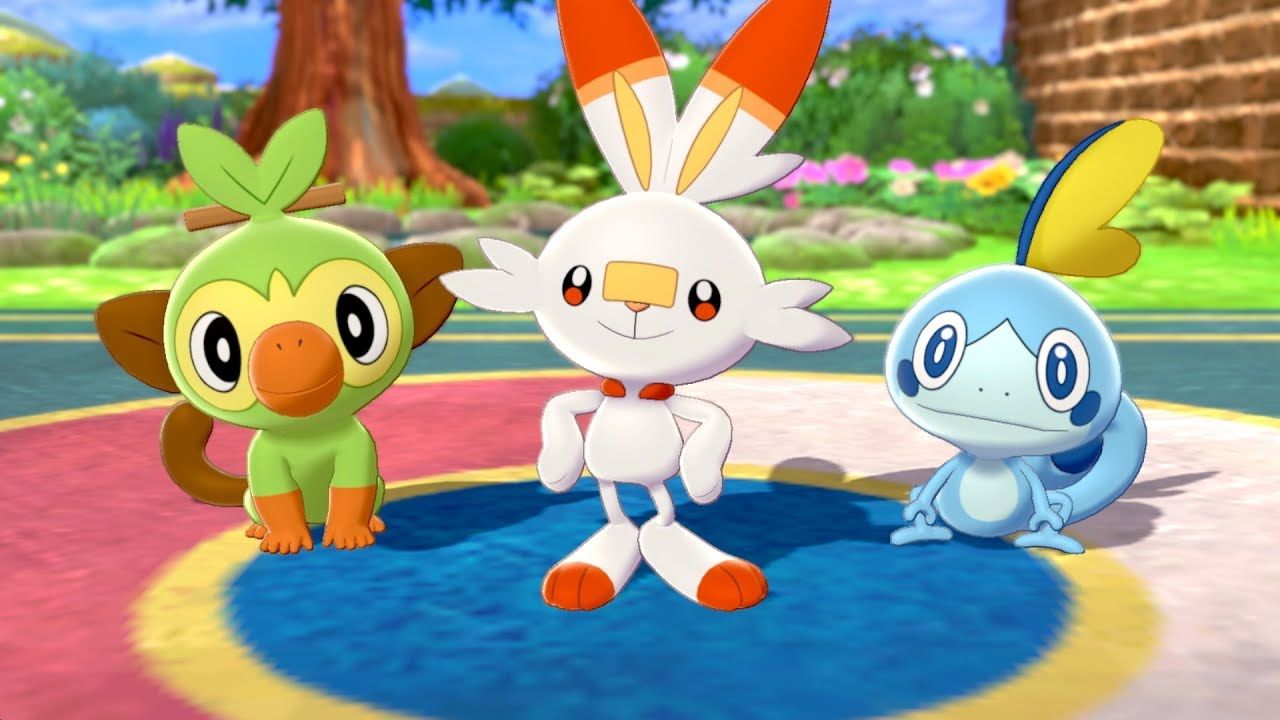
One of the complaints about the Pokemon franchise over the years has been a lack of innovation that fans were hoping to see change with the jump to a console. While the base gameplay remains the same as it always has, Pokemon Sword and Shield introduce some new elements that shake up the series as a whole. The first of these is the introduction of the Wild Area, which is the semi-open world area found in the game that you can explore at different parts of the game.
The Wild Area is far from a massive open world experience, but instead is a decently sized open field that you can explore as you make your way through the game. This opens up a bit as times goes on in the game, with Pokemon found all throughout the area. Some Pokemon here in the tall grass are going to be fairly on par with you level wise for the most part, but there are other larger Pokemon walking around that are much stronger and likely can’t be caught due to level restrictions until you have enough badges. Actually having a more open area with Pokemon walking all around it is something fans have been asking for over the years and this is a good first step, though it definitely could use some fleshing out in the future.
While not entirely new, the aspect of having Pokemon walking around in the overworld is brand new to the mainline series. After being introduced in last year’s Let’s Go games, Game Freak decided to carry this over into Pokemon Sword and Shield, both in the Wild Area and beyond. In the past, players were reliant entirely on random encounters, but now Pokemon actually walk around in the tall grass and beyond and you just have to touch them to start a battle. The random encounter element is not entirely removed though, as there are also still some hidden Pokemon in the tall grass that you can run across as well. Having the majority of the Pokemon in the overworld is one of the best innovations in the series and is something that should never be changed moving forward.
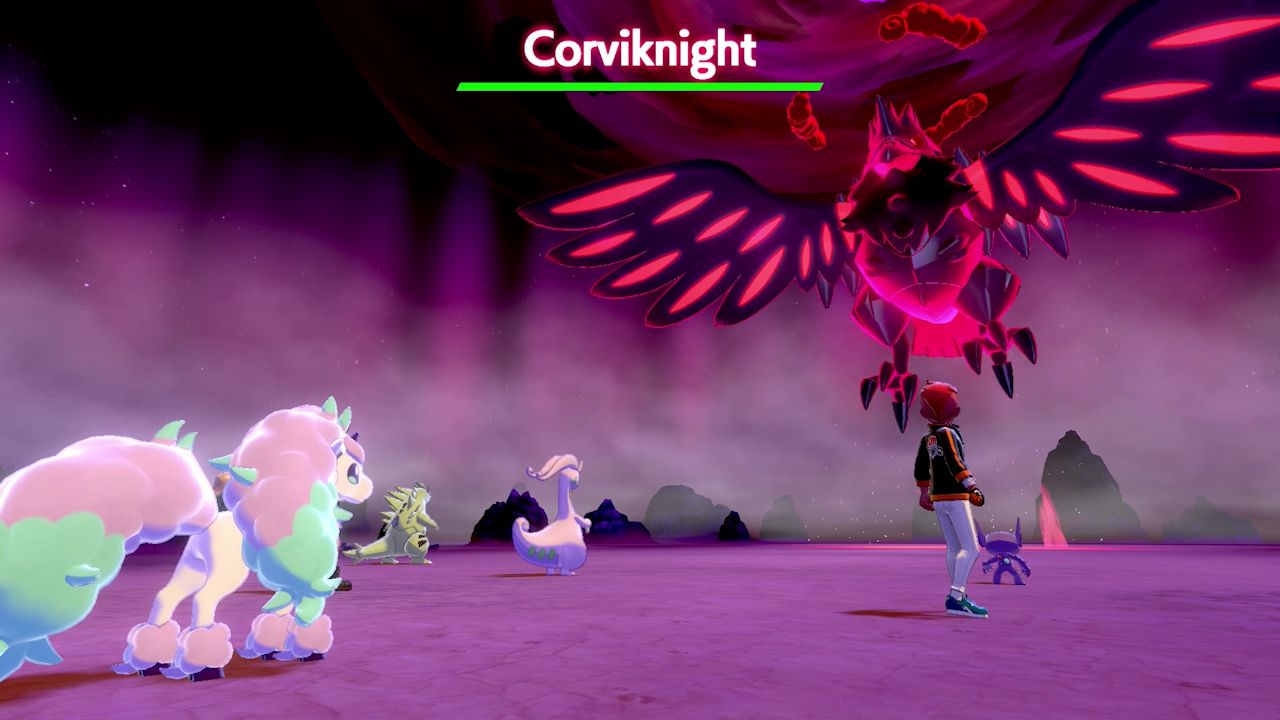
On top of the various wild Pokemon found in the Wild Area, there is also the introduction of Max Raid Battles as well. Those who have played various online games such as Destiny or such will know what raids are, where you and a few others team up to take down a larger foe. You wouldn’t expect to need help battling a single Pokemon, but that is where the new Dynamax mechanic comes into play. These raids can be done with AI partners or can also be done with other live players online, which is really neat to see in a Pokemon game. Taking down one of these Pokemon also allows you to try and catch it after, though you only get one chance at throwing a Poke Ball at it, so you better have a lot of luck on your side.
After more than two decades exclusively on handhelds, the mainline Pokemon series finally arrives on a home console with the Nintendo Switch. This means that Game Freak was able to introduce new innovations like the Wild Area and Dynamaxing, but it also made the removal of the National Dex and reused animations more inexcusable. While the story was also a bit lackluster with odd pacing, the reintroduction of gyms was very well handled by setting it up like a legitimate sport with the Champion Cup at the end. Even with its flaws, Pokemon Sword and Shield is still a superb first console outing for the mainline series in most of the ways that matter for Pokemon that hopefully will be improved upon further in an eventual third game or sequel.
The Verdict
As has been the case with Game Freak for years, Pokemon Sword and Shield feels like two steps forward in some ways and one step back in others. The loss of more than half of the total number of Pokemon is certainly felt, but the introduction of the Wild Area and the reemergence of gyms on a much larger scale help to make Pokemon Sword and Shield another must play Pokemon experience regardless of the more glaring than usual flaws.


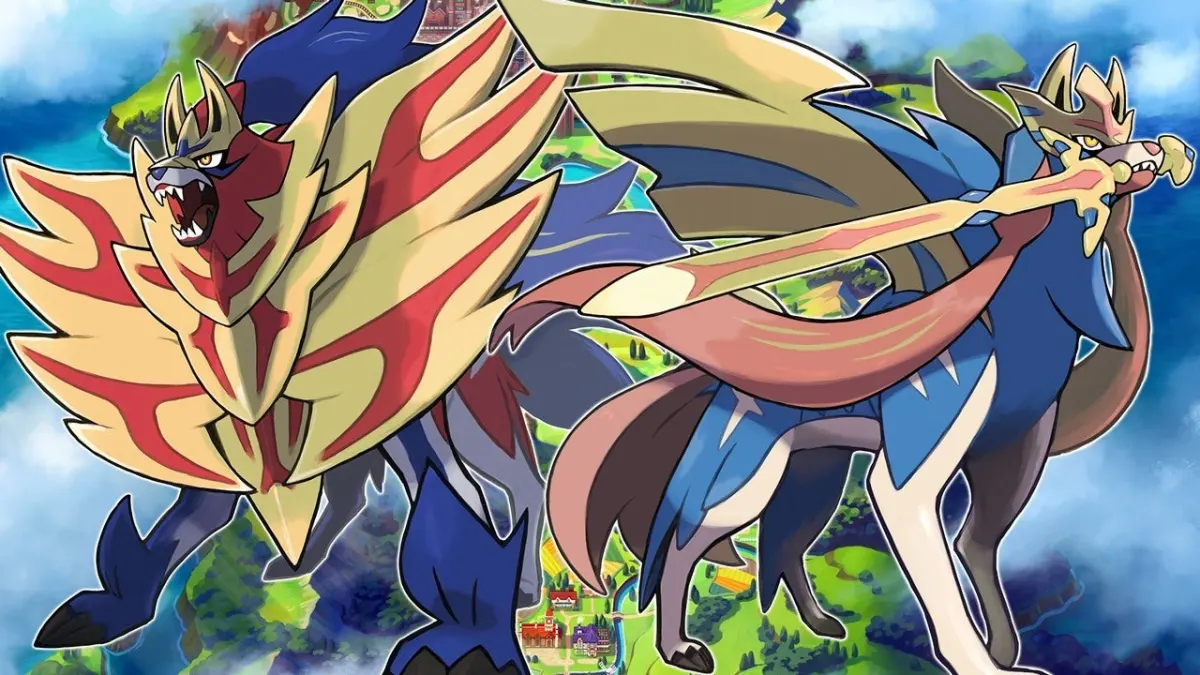








Published: Dec 4, 2019 02:27 pm